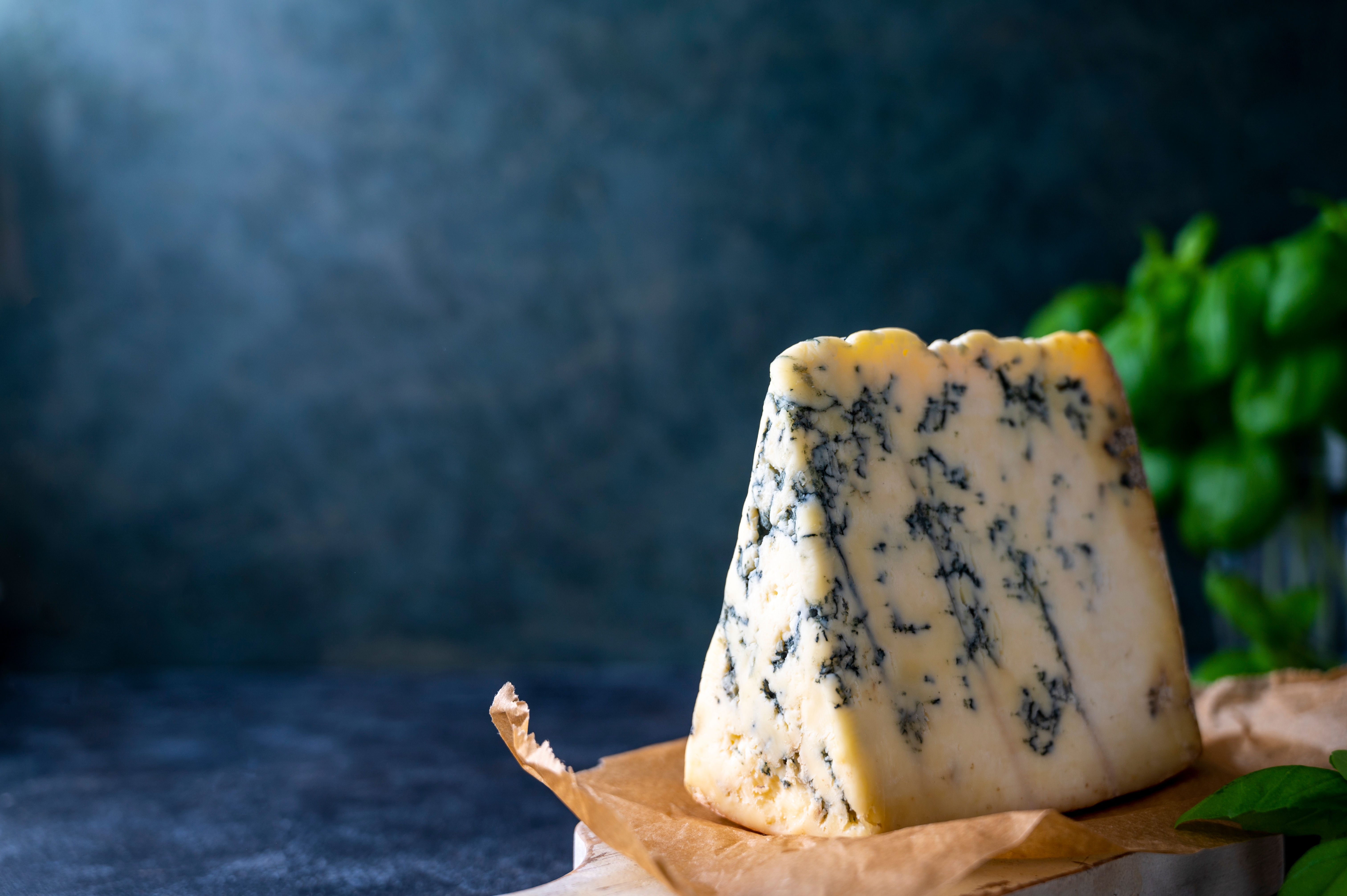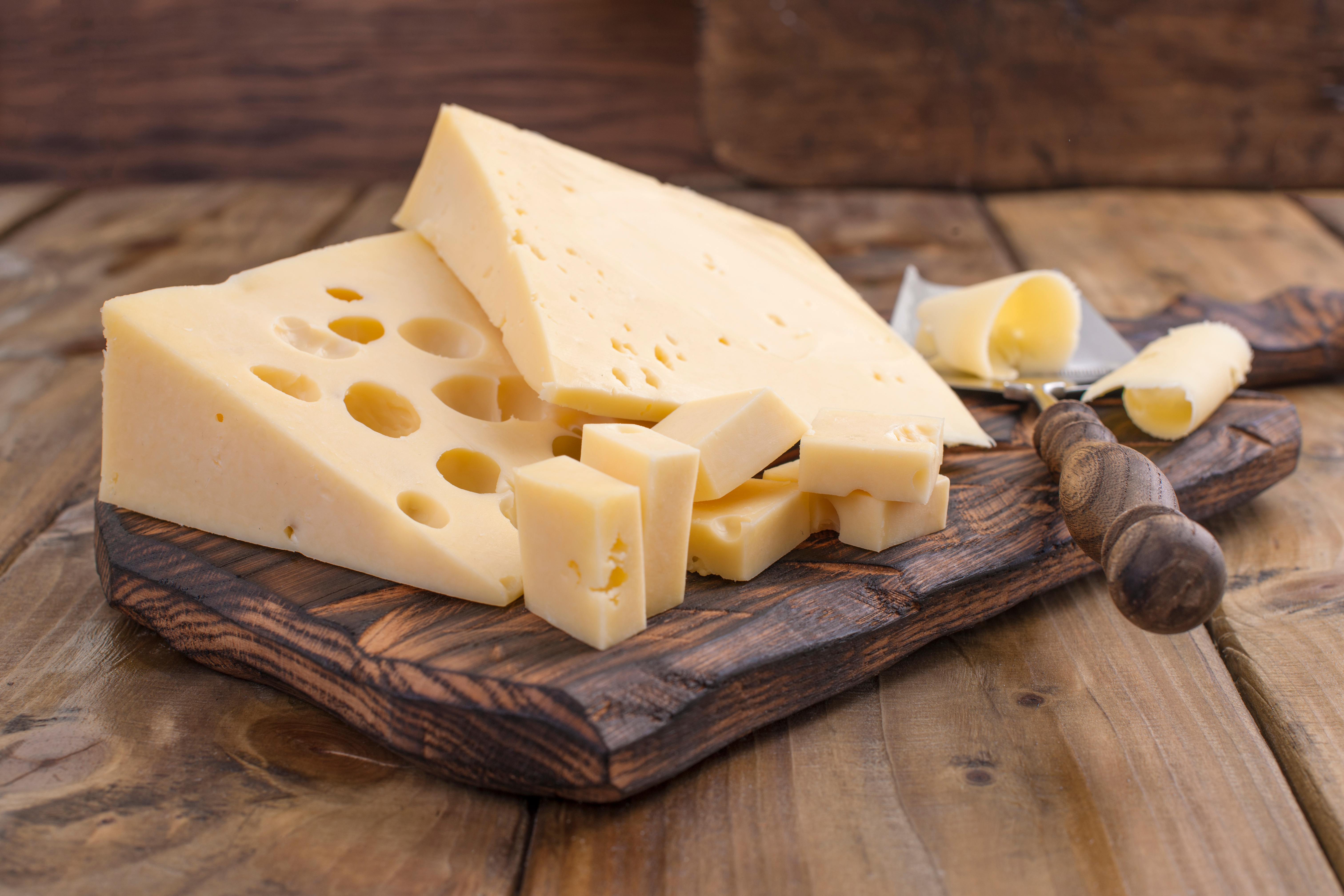Free digital copy
Get Speciality Food magazine delivered to your inbox FREE
Get your free copy
If you ask any cheesemonger today what their favourites are yes, of course, there will be a classic Cheddar, perhaps a sprinkle of new wave British artisans ... and always, always something from Europe.
A Brie that’s just started to become oozy and gooey under the rind. A scoop of Gorgonzola Dolce with sun-ripened figs. Chunks of aged Manchego and olives alongside a glass of chilled white wine.
Unless your ethos is to stock British only, there is huge merit in dedicating a section of your counter to continental varieties. “I cannot imagine having a cheese shop without these cheeses,” says The Cheese Lady, Svetlana Kukharchuk. “They are staples. They are must-haves.”
They (and we’re referring to the likes of Brie, Mozzarella and Parmesan) are also recognisable to shoppers, forming an essential ‘stepping stone’ in fine food retail. Stocking ‘the classics’ gives new customers somewhere to start from, something they can understand. It’s the retailer’s job to take them on the next part of their journey, making suggestions that lean into their existing preferences.
Heritage is another reason to keep these cheeses in your wheelhouse, adds Svetlana, pointing to the fact that although we try to mimic certain types here, it’s the terroir and historical processes that give many cheeses of France, Italy, Spain, Switzerland and beyond their authentic, delicious taste. “These cheeses have to come from the land where they were born to give their best expression. It is also so important for us to help the people who create these cheeses so they can carry on with their traditions,” she says.
Ned Palmer of The Cheese Tasting Co thinks British consumers are still attracted to what’s often coined as ‘fancy cheese’ (referring to those from Europe). It would be unimaginable, he says, to not stock a Brie, Feta or Parmesan.
“The main thing for me, is it’s not untrue that France is the centre of excellence for cheese. Why should you stock it? Because it’s really really good.”
Food writer Ned spent months across the pond for his most recent, award-winning book A Cheesemonger’s Tour de France, and it cemented, for him, that the country really is at the epicentre of fine cheesemaking.
If there’s one cheese he cannot live without, and one he suggests cheesemongers should always have in stock, no matter what, it’s Brie. And for him, it’s Dongé Brie de Meaux that tops the cheesy charts. “It’s got this incredible golden paste. They get really good milk and they really treat the curd well, so you’re not losing any of that butterfat,” he explains. “The process of maturing is so attentive and so skilful.” Ned explains that on a tour of the factory, the maker had multiple ‘tells’ from years of experience that helped him intrinsically know the cheese was being made correctly, from a patch of light reflected on the floor that indicated the moisture of the curd was the correct level, to the scent of green apple as the cheese ripens (a yeasty smell means it’s going too fast).
It’s a masterclass in cheesemaking Ned says.
Roquefort should also be in the mix when looking to France. “It has to be matured in caves in the village of Roquefort. In those caves they still use wood for shelving, and it’s all black and shiny because it’s so old – it could be 100 years old. All the time these lovely, fatty cheeses have been soaking into the wood.
“They don’t need fridges, and they don’t need fans because the cracks and lines in the caves don’t reach the outside. Air seeps in and it’s naturally cool because they’re underground.” The innate flora of the caves is what informs the striking flavour of these cheeses, which can’t be mimicked in the UK. “In England the EHO would shut these kinds of places down straight away,” Ned laughs. “There’s nothing like Roquefort. It’s completely of its own character.”

Svetlana thinks the cheeses of Italy deserve more of a spotlight, and she’s always adding new varieties to her stocklist.
La Tur and Taleggio are enduring favourites, as is Pecorino Sardo. “There are actually so many different varieties of Pecorino,” she explains. “Sometimes people forget it’s a type of cheese, rather than one specific cheese. There are many hundreds of them in Italy. We stock Pecorino Sardo because it’s very complex and can be used in cooking or for general enjoyment with a glass of wine.”
Fiore Sardo strikes a chord with customers too. “It’s a more ancient variety of Pecorino from Sardinia that’s lightly smoked. It’s very nice.”
Gorgonzola, of course, is a must-have, and if you have space (Svetlana doesn’t, she laments) get yourself a big whole scooping variety, to bring added theatre and excitement to the experience for shoppers.
As a wild card, Svetlana says Italy’s ‘drunken cheeses’ (those bathed in wine) are incredibly delicious and sell well throughout the year.
Ubriaco Rosso is a fruity little number, soaked in red wine. “And another super special one is a blue cheese, Basajo. Think of a nice strong blue sheep’s milk cheese and imagine it bathed in sweet white wine from Sicily. You have the saltiness from the cheese and the sweetness from the wine. It’s hideously expensive, but worth it!”
Don’t forget to order regular deliveries of good quality Mozzarella (pizza-making at home is on the up in Britain) or Burrata, which consumers are loving right now.
Then, of course, there’s the ‘big one’ - Parmigiano Reggiano. Svetlana has trialled both 12 and 24-month varieties in her shop, but it’s the 30-month aged Parmesan that makes her palate sing.
“The flavour is a lot more interesting and developed, and the texture is a lot harder. For a connoisseur, somebody who like to appreciate all the complexity and different flavours, I think that age is just spot on,” she says.
When buying, make sure your wheel is marked with the oval stamp from the Parmigiano Reggiano Consortium, Svetlana advises. It’s only given where cheeses pass grading at 12 months. “Those that don’t make the cut, don’t get stamped.”
If you want to take your offering to the next level, Svetlana says, look for the ‘red cow’ or Vacche Rossa variety of Parmesan. “That is the créme de la créme but it also adds to the price.” Choosing to stock it, “depends on whether your customers will appreciate that kind of quality”.
“Spanish cheese is just as important as charcuterie when it comes to creating outstanding grazing boards,” says Jesus Llamazares, owner of specialist Spanish deli, Los OrigenES.
With only 200 or so cheeses in its national larder, the country can’t claim to be one of the largest producers in the world, but what it lacks in quantity, it more than makes up for in quality he says.
And this is especially true of sheep and goats’ milk varieties. While the UK struggles with supply of these milks, at a time when demand is high, the proliferation of sheep and goats’ milk cheeses from Spain year-round could prove a real solution for cheesemongers.
Everybody knows Manchego, so it should definitely be a consideration in the counter, and is a cheese that perfectly lends itself to the charcuterie board trend. “A well-aged Manchego – matured for 12 to 24 months – paired with 100% acorn-fed Iberico ham makes for the perfect tapas combination,” Jesus says.
Speciality retailers should, he says, be more considered of their purchasing of this cheese, which is not just one variety, but comes in a range of curations, from 15 days (soft) up to 24 months. “It’s very interesting seeing people’s faces when they try a Manchego with 15 days curation,” Jesus adds. “It’s the only one that’s pasteurised – the other ones are made with raw milk.”
Another little-known fact about Manchego, he continues, is that it should only be made with sheep’s milk. “Some are sold here with cow’s milk or goats’ milk, but that is not Manchego. In Spain there are strong regulations, and there is a PDO regulating how to make the product, and what you can put i it. The regulations say Manchego can only be made with sheep’s milk, and only the sheep of the Manchega breed.”
This is important because, “even in Spain, some cheeses have come out similar to Manchego with a bled of different sheep’s milk, made in a similar manufacturing process. But it’s not Manchego”.
A more exclusive Spanish cheese, and one Jesus personally loves, is Torta del Casar from Extremadura – a strong sheep’s milk variety that has become a customer favourite at Los Origenes.
“Normally the curation is two months, and the taste is light and a little bitter,” Jesus explains. “Because of the climate of the area theydon’t have a lot of plants. The sun is powerful, but thistles grow quite strong, and so they use this for the rennet. To be honest, this is very interesting to see, because people are starting to use other types of vegetables as rennet now – pineapple, figs and papaya.”
Jesus describes Torta del Casar as “melt-in-the-mouth” and fully spreadable once out of the fridge. “Leave it for 30 to 40 minutes at room temperature and put a breadstick inside. It becomes almost like a cream or a fondue,” he says.

Buttery, supple and open-textured, speckled with holes ... or flaky, savoury and almost spicy – to discover Alpine cheeses is to open the door to an entire world of flavours.
As British cheese lovers expand their knowledge of artisan varieties, seeking out better quality from specialists, so the demand for ‘newness’ grows, and cheesemongers (and wholesalers) say they’re seeing Alpine styles gaining a lot of attention at the counter.
These are cheeses that pack a punch, both visually and taste-wise, are often lactose free, and that cater to shoppers’ environmental concerns, with the majority made in a sustainable, natural way, according to time-honoured traditions.
The ‘transhumance’ (moving of animals to summer pastures also known as alpages) happens in mountain ranges across the world, says Swiss cheese expert Rachael Sills, who adds, The European Alps have an environment, culture and history which is unique and special.”
Making Alpine cheeses is, “a time-consuming craft, performed by families who often trace back generations of summers working on the same Alps area. Alpine varieties are some of the ultimate expressions of the Slow Food movement, and the Alpine environment creates a diversity of plants, and the milk, that cannot be replicated elsewhere”.
Rachael puts increased British interest in these cheeses down to awareness. “More people know it exists.” And they’re won over by the fact these products are not intensively farmed. “In Switzerland, for example, no herbicides or fungicides are allowed to be used on Alpine pastures.”
They’re also attracted by the fact, she says, that Alpine milk is from grass-fed herds, actively encouraged to root, graze and forage.
Popular varieties to include in the counter include Le Gruyere, Comte AOP, Beaufort AOC, Tomme and Cantal. Alp Blossom has gained a very strong following in the last few years too. But how about beefing up your selection by trialling lesser-known (to UK consumers) types such as Tessiner Alpkase AOP, Bitto Storico, or Sprinz AOP?
With a longer shelf life (most Alpine cheeses are of the harder variety) they’ll stay in peak condition for quite some time, giving breathing space for you to sample over a number of weeks.